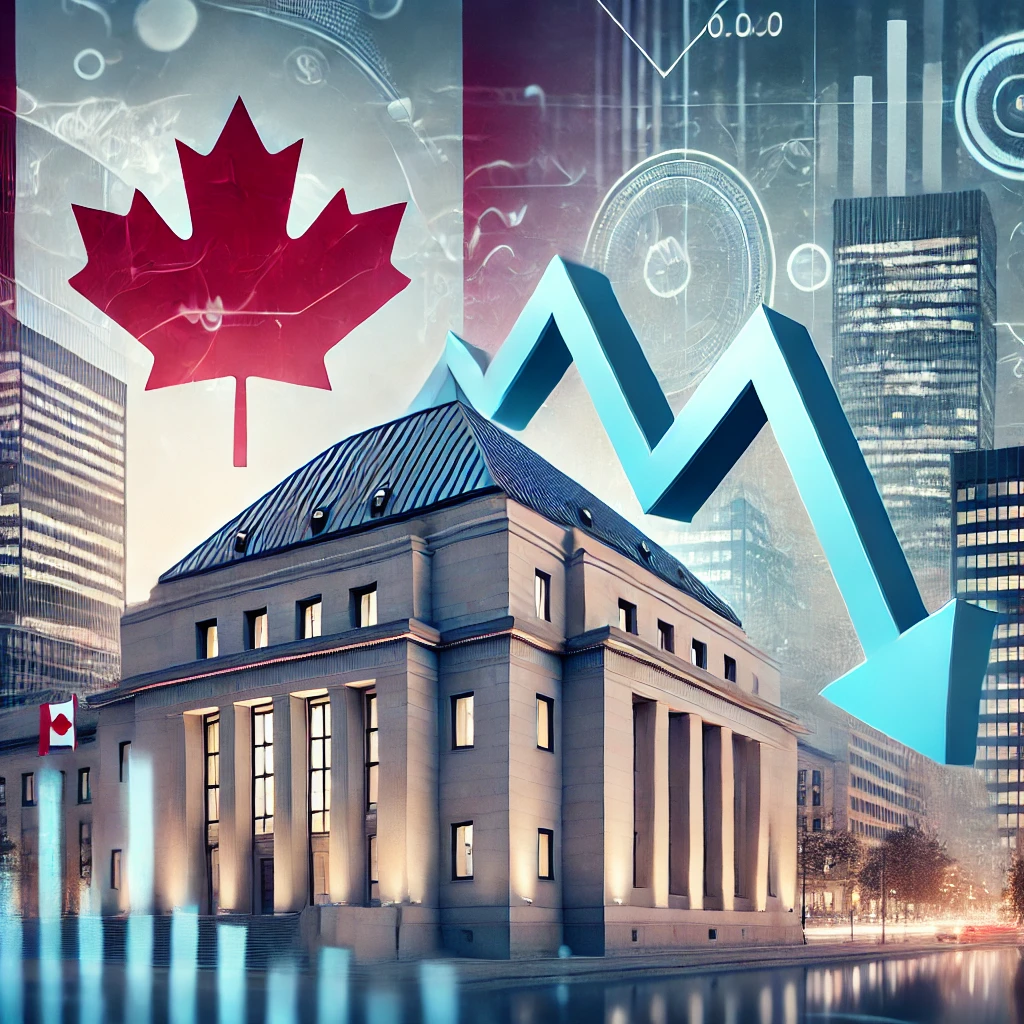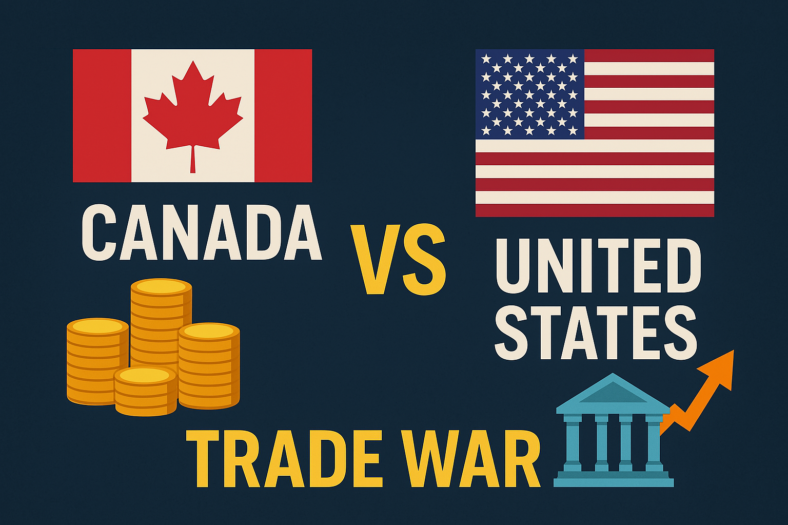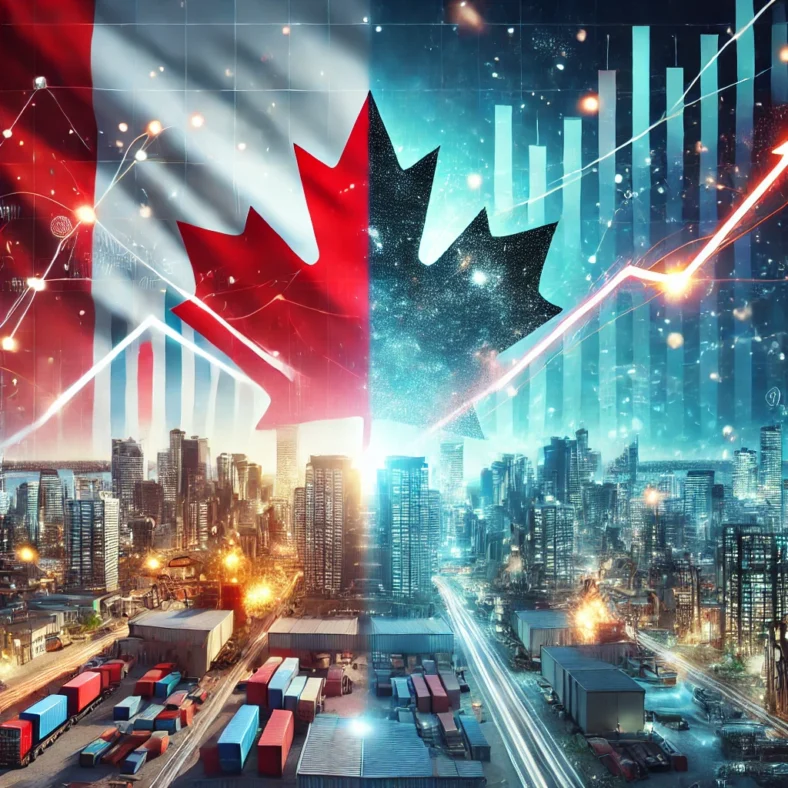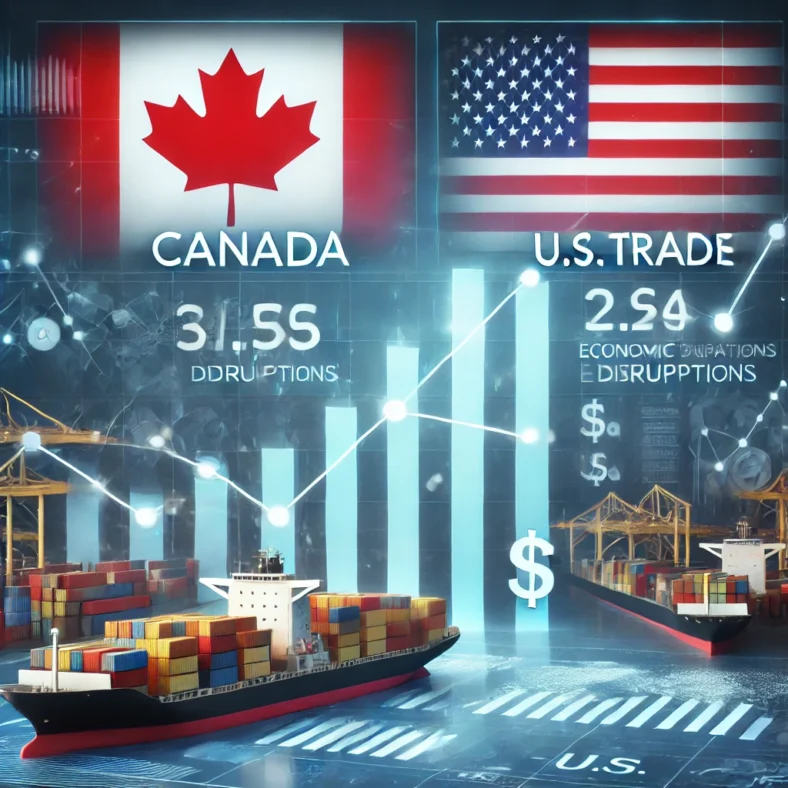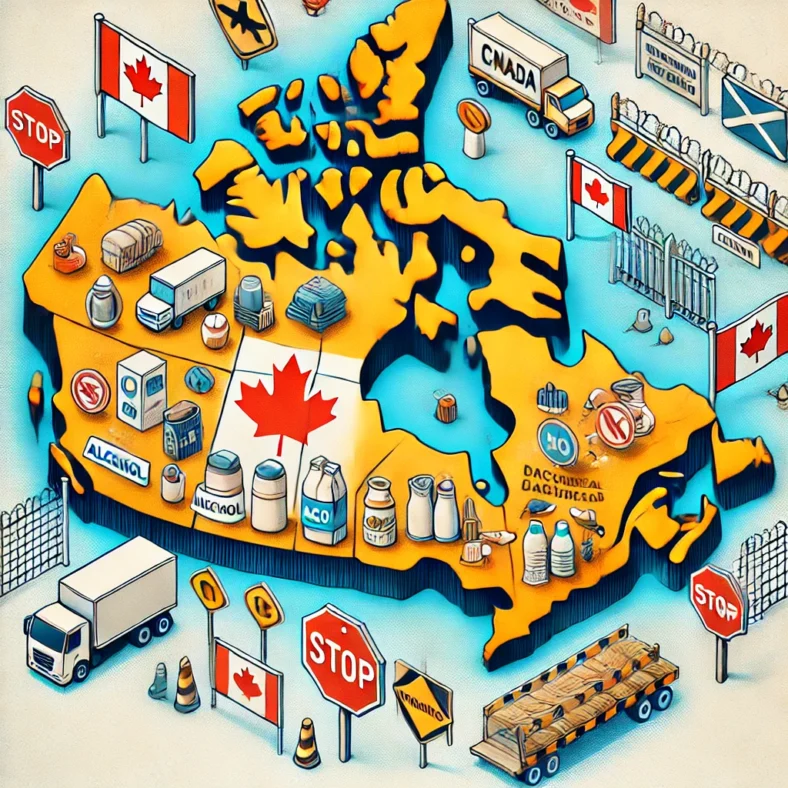In an unexpected move last week, the Bank of Canada implemented a substantial rate cut, slashing its policy rate by 50 basis points (bps) to 3.75 percent. This oversized or “jumbo” cut, larger than the usual 25 bps adjustments, reflects the central bank’s heightened concerns about the current economic landscape and its need to take swift action.
The Significance of a Jumbo Rate Cut
Bank of Canada Governor Tiff Macklem noted that future rate decisions would be influenced by upcoming economic data. Market analysts are already speculating that another large rate cut could follow, depending on the economic signals leading into the Bank’s next decision in December.
These jumbo rate adjustments, or rate changes over the standard 25 bps, are relatively rare. The Bank usually takes a cautious approach, implementing smaller, incremental changes to measure the economy’s response over time. However, during periods of economic urgency, larger-than-normal moves are sometimes necessary to quickly stimulate economic activity or curb inflation.
Why the Bank of Canada Chose a Large Rate Cut
The Bank of Canada generally favors gradual interest rate adjustments, but it can resort to more aggressive measures in the face of significant economic challenges. Situations that have historically prompted larger rate changes include:
- Negative or stagnant economic growth
- Sharp increases in inflation
- Emergencies, such as the COVID-19 pandemic
For instance, in the summer of 2022, when inflation was rapidly rising, the Bank responded with a 100 bps hike in July, followed by another 75 bps increase in September. This swift response was designed to rein in inflation before it spiraled further out of control.
Similarly, during the onset of the COVID-19 pandemic in March 2020, then-Governor Stephen Poloz orchestrated emergency rate cuts, reducing the overnight rate from 1.75 percent to 0.25 percent in just one month through multiple jumbo cuts to bolster the economy during an unprecedented crisis.
What to Expect from the Bank of Canada’s Next Move
As December approaches, all eyes are on the upcoming economic data that will shape the Bank of Canada’s next decision. Another large rate cut may be on the table if indicators suggest a continued slowdown in economic activity. However, the Bank may also revert to its standard 25 bps adjustments to gradually stabilize the economy.
The Bank of Canada’s actions signal its commitment to adjusting rates as necessary to support economic stability. Future rate changes will likely be dictated by the data, ensuring that each decision reflects the current economic needs of Canadians.

